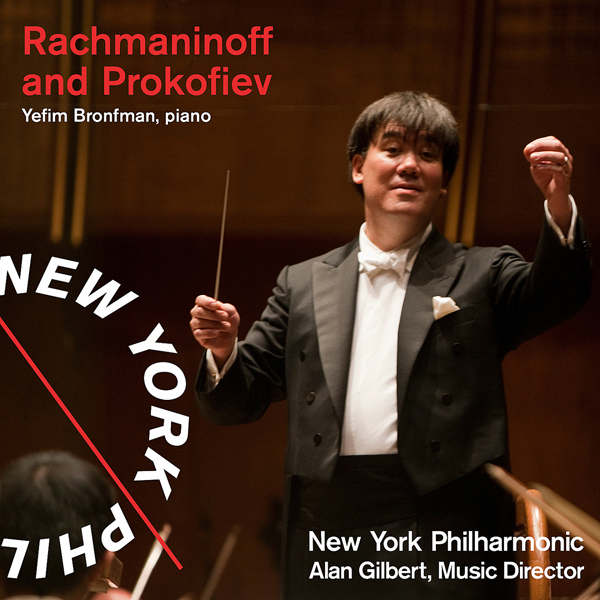
Prokofiev: Piano Concerto No. 2 / Rachmaninov: Symphony No. 2 – Yefim Bronfman, New York Philharmonic, Alan Gilbert (2010)
FLAC (tracks) 24 bit/96kHz | Time – 01:17:19 minutes | 1,55 GB | Genre: Classical
Official Digital Download – Source: HDTracks | © New York Philharmonic
Recorded live January 7-8 & 12, 2010, Avery Fisher Hall at Lincoln Center for the Performing Arts
`Rachmaninoff and Prokofiev is one of four individual performances produced and distributed by the New York Philharmonic and personally selected by Alan Gilbert for commercial release during his inaugural season with the Philharmonic.
PROKOFIEV: Piano Concerto No. 2
RACHMANINOFF: Symphony No. 2
Prokofiev’s Piano Concerto No. 2 in G minor can be a knockout if you have a soloist capable of dispatching its demonically difficult piano part. The Philharmonic had one ” and how! ” in Yefim Bronfman. ” Anthony Tommasini, The New York Times
Alan Gilbert on This Program The program is obviously Russian, and we are joined by one of the greatest Russian pianists, Yefim Bronfman. When I first heard Yefim play the Prokofiev Piano Concerto — one of the most exciting 20th-century piano concertos — I was so blown away: it seemed almost impossible that a human being could play the piano with such epic grandiosity and amazing technical command. I think that Rachmaninoff’s Second Symphony fits perfectly with the Prokofiev because, while it’s Russian as well, it’s a completely different side of the Russian way of writing music. Prokofiev is at times lyrical, but he is definitely on the spikier side. In this concerto there are folk melodies that are contrasted with a dark, brutal, industrial cast. In contrast, Rachmaninoff has a way with melody and with sweeping tunes that is really unparalleled. The two pieces complement each other beautifully. Piano Concerto No. 2 in G minor, Op. 16 Sergei Prokofiev The first two of Sergei Prokofiev’s five piano concertos date from his years as a student at the St. Petersburg Conservatory, where he studied from 1904 to 1914. He capped off that period by performing his First Piano Concerto (which he had premiered two years earlier) at his graduation from the Conservatory; on that occasion he was awarded high honors and the coveted Anton Rubinstein Prize, which included a new grand piano. He would shortly embark on a dual career as a touring pianist and a composer, and he managed to balance the competing demands of those domains adeptly. He was an excellent pianist of distinct personality; the critic Boris de Schloezer described his pianistic style as “brilliant, rather dry, but extremely polished, pure and ‘finished,’ ” and a listener has no trouble discerning that those traits ideally convey his works in performance. “The charges of surface brilliance and certain ‘soccer-player’ tendencies in the First Concerto induced me to strive for greater depth in the Second,” reported Prokofiev in his Soviet Diary of 1927. Notwithstanding the commendable qualities of the First Concerto — a remarkable achievement, and not just for a 21-year-old — the Second does indeed surpass it by most yardsticks, even though it was begun only a few months after the completion of its predecessor. Certainly, ing the solo part he had composed — this from a soon-to-be first-prize piano graduate of the St. Petersburg Conservatory. The premiere of the work evoked a dynamic audience response. The critics were divided. Conservative voices greeted the piece with outrage or disdain: Yuri Kurdyumov,in Peterburgsky Listok, declared that it was “a Babel of insane sounds heaped upon one another without rhyme or reason,” and Nikolai Bernstein, in Peterburgskaya Gazeta, opined of the work’s terrifying cadenzas that “one might think [they] were created by capriciously emptying an inkwell on the page.” On the other hand, the open-minded critic Vyacheslav Karatygin, writing in the newspaper Rech, took a longer view: while the piece “left listeners frozen with fright, hair standing on end” and although “the audience hissed,” he insisted that “this means nothing. Ten years from now it [the public] will atone for last night’s jeering by unanimously applauding a new composer with a European reputation.” But even after ten years — ten and a half, to be precise — many music lovers would just be getting their first taste of this work. In 1918 Prokofiev had left his Revolution-wracked native land for Paris. His manuscript for this unpublished concerto remained behind, and it was lost in a fire. In 1923-24 Prokofiev finally reconstructed the work from his remaining sketches; while he was at it (he claimed) he incorporated a good deal of new composition that reflected the experience he had gained in the intervening decade, during which he had, far from incidentally, composed his famous Third Piano Concerto. The Second Concerto as it now exists is therefore not really the same piece that was heard in 1913. The audience at the unveiling of the revised Second Concerto, in 1924 in Paris, proved to be as resistant as the Russian listeners had been at the “first premiere” a decade earlier, but now it was for the opposite reason: Prokofiev was criticized for not being edgy enough for Roaring Twenties Paris. Instrumentation: two flutes, two oboes, two clarinets, two bassoons, four horns, two trumpets, three trombones, tuba, timpani, snare drum, tambourine, bass drum, cymbal, and strings, in addition to the solo piano. Symphony No. 2 in E minor, Op. 27 Sergei Rachmaninoff Sergei Rachmaninoff was very nearly undone by the violent and mean-spirited criticism that greeted the unveiling of his First Symphony in 1897 — so much so that for the next three years he did not write a note. He worried that he might not be suited to be a composer after all. The young Rachmaninoff had gotten off to a very promising start. At first he had not been a standout at the Moscow Conservatory, but by the time he graduated, in 1892, he was deemed worthy of receiving the Great Gold Medal in composition, an honor that had been bestowed on only two students prior to him. Upon graduating he was signed to a publishing contract, and one of his first published pieces — the Prelude in C-sharp minor for piano — became an instant hit. Tchaikovsky himself warmly applauded the premiere of Rachmaninoff’s opera Aleko at the Bolshoi Theatre. However, the premiere of the composer’s First Symphony was a disaster of Biblical proportions: a review by the elder composer César Cui had, in fact, likened it to the seven plagues of Egypt. The fact that the performance was sub-par (Alexander Glazunov, who conducted, was reputedly drunk at the podium) did little to dull the pain caused by the reviews. In the psychological aftermath of this conductorpublic failure, Rachmaninoff’s multiplicity of talents allowed him to turn to a different musical pursuit and focus on conducting for the next few years. Before long he sought the help of Dr. Nikolai Dahl, a physician who was investigating psychological therapy through hypnosis. Beginning in January 1900, Rachmaninoff consulted him daily; by the end of that summer he was composing again, starting with modest projects — an a cappella chorus, a love duet for an opera — and then two movements of a piano concerto that had been on the back burner for several years. This last composition would grow into his Second Piano Concerto, which was well liked when it was premiered (and still is today). Finally, Rachmaninoff was back on track, busily working on chamber music, choral compositions, piano pieces, and three further operas. By 1906 he felt ready to confront any lingering compositional demons, and he embarked on another symphony. Rachmaninoff had recently moved to Dresden for the weather, which was expected to improve his daughter’s problematic health, and to escape some of the constant social and professional pressures that accompanied his mounting celebrity. In February 1907 he wrote to his friend Nikita Morozov in Russia: A month ago, or more, I really did finish a symphony, but to this must be added the phrase “in draft.” I have not announced it to “the world,” because I want first to complete its final writing. While I was planning to put it in “clean” form, it became terribly boring and repulsive to me. So I threw it aside and took up something else. Nonetheless, word was out, and Rachmaninoff very quickly received an invitation to conduct his new symphony during the upcoming season — before he was anywhere near finished with it. Rachmaninoff’s letter continued: I can tell you privately that I am displeased with it, but that it really “will be,” though not before autumn, as I shall not begin its orchestration until summer. That proved to be the case, and on August 2 Rachmaninoff wrote again to Morozov: For two weeks now I have been busy with the orchestration of the Symphony. The work proceeds very laboriously and sluggishly. It’s slow not only because of the instrumentation, which ordinarily comes to me with difficulty, but also because I left it in draft, and some movements are yet to be worked out. Fortunately for posterity, Rachmaninoff toughed it out, finally vindicating himself as a gifted symphonist. His Second Symphony scored a popular success, and in December 1908 the work was honored with a Glinka Award for symphonic composition. Instrumentation: three flutes (one doubling piccolo), three oboes (one doubling English horn), two clarinets and bass clarinet, two bassoons, four horns, three trumpets, three trombones, tuba, timpani, bass drum, cymbals, orchestra bells, snare drum, and strings. The length of Rachmaninoff’s Second Symphony has always been a problematic issue, and over the years many conductors have effected cuts both large and small in the score, some ostensibly with the composer’s explicit approval. This performance presents the complete work, without cuts.
Tracklist:
Sergei Prokofiev (1891-1953)
Piano Concerto No. 2 in G minor, Op. 16 (1912-13/1924)
1. Andantino — Allegretto — Andantino 10:25
2. Scherzo: Vivace 2:31
3. Intermezzo: Allegro moderato 6:08
4. Finale: Allegro tempestoso 10:45
Sergey Rachmaninov (1873-1943)
Symphony No. 2 in E minor, Op. 27 (1906-08)
5. Largo — Allegro moderato 19:13
6. Allegro molto — Meno mosso — Tempo I 9:52
7. Adagio 14:42
8. Allegro vivace — Adagio — Tempo precedente 15:01
Personnel:
Yefim Bronfman, piano (#1-4)
New York Philharmonic Orchestra
Alan Gilbert, conductor
Download:
mqs.link_PrkfievPianCncertN.2RachmaninvSymphnyN.2YefimBrnfmanNYPAlanGilbert20109624.part1.rar
mqs.link_PrkfievPianCncertN.2RachmaninvSymphnyN.2YefimBrnfmanNYPAlanGilbert20109624.part2.rar




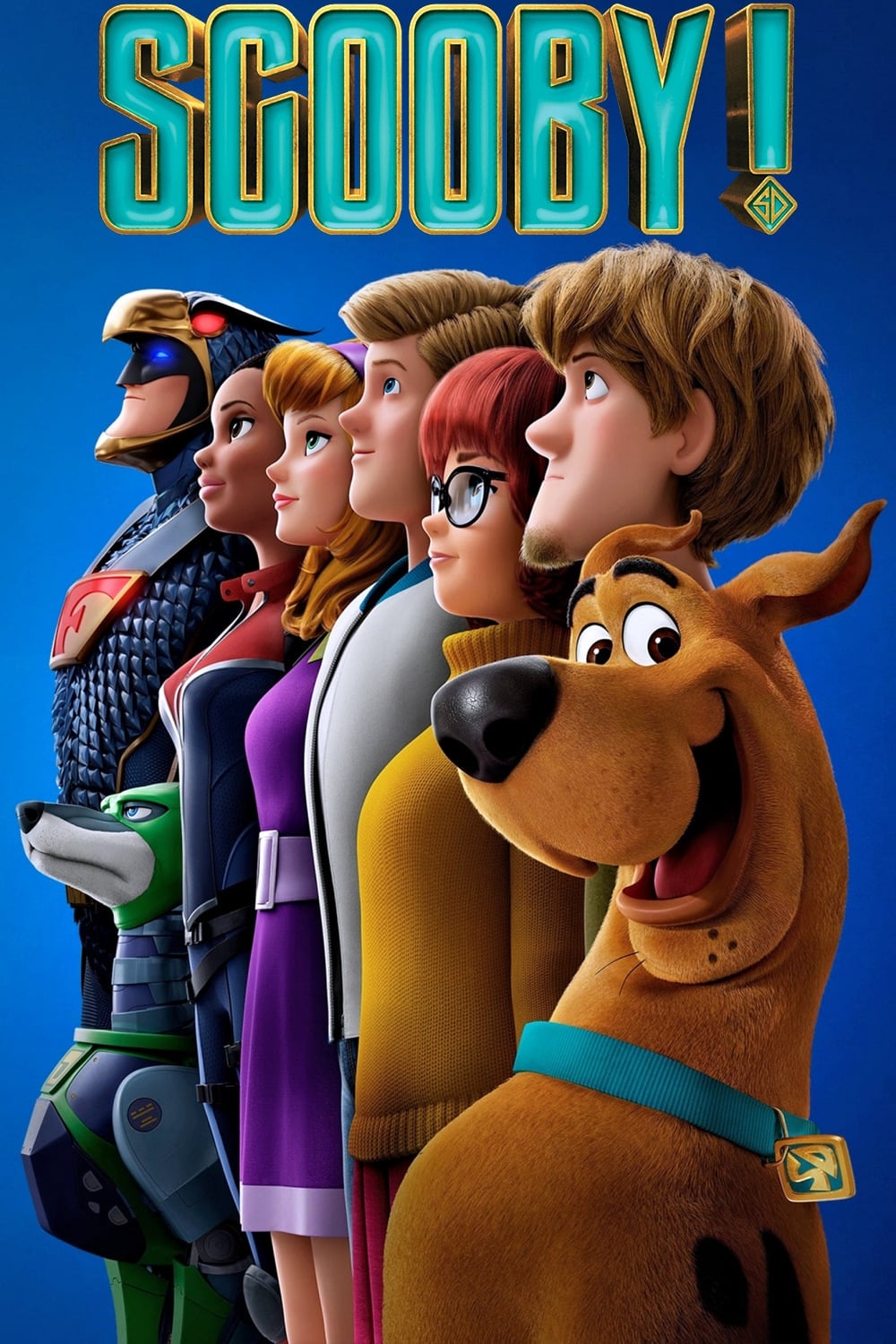
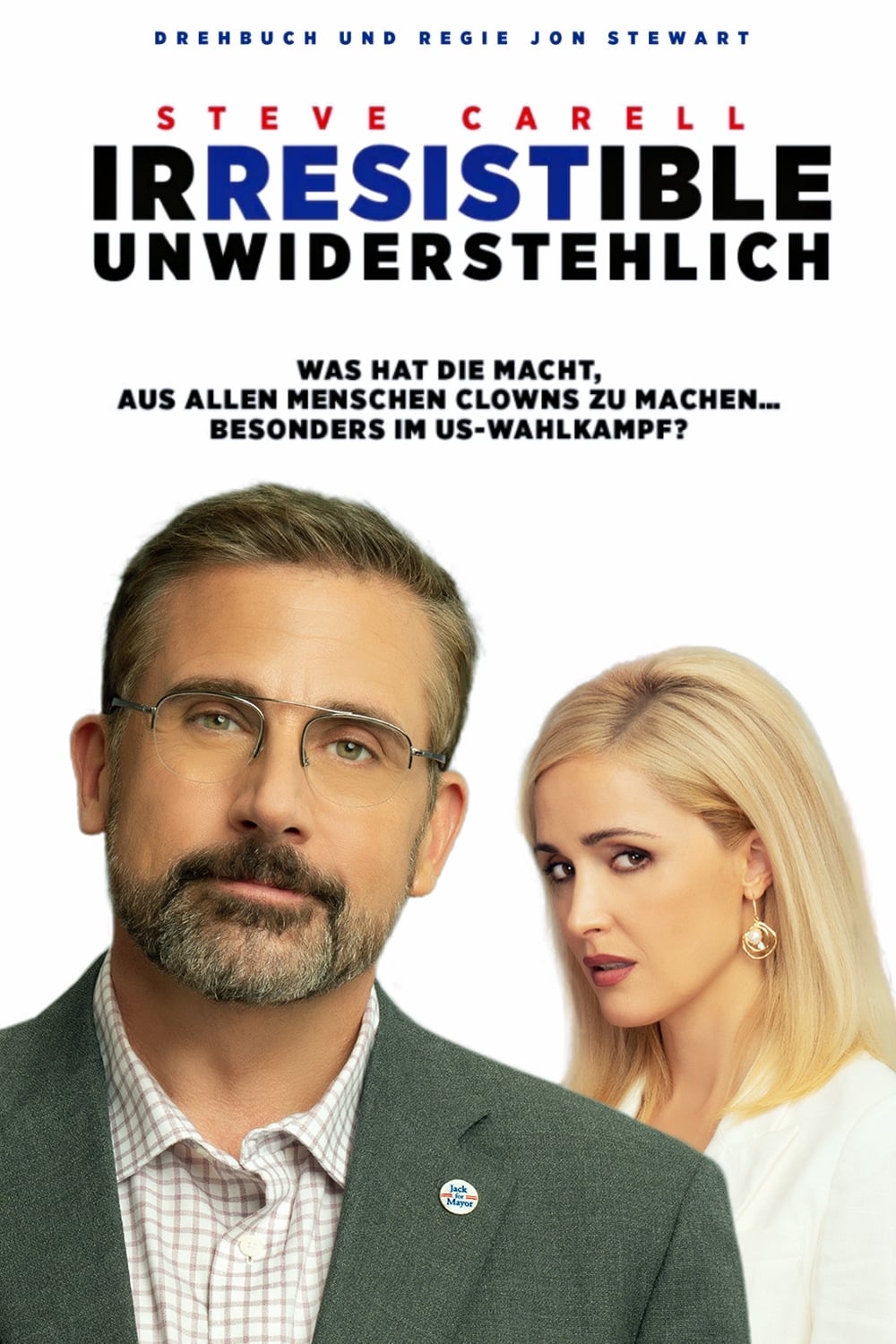

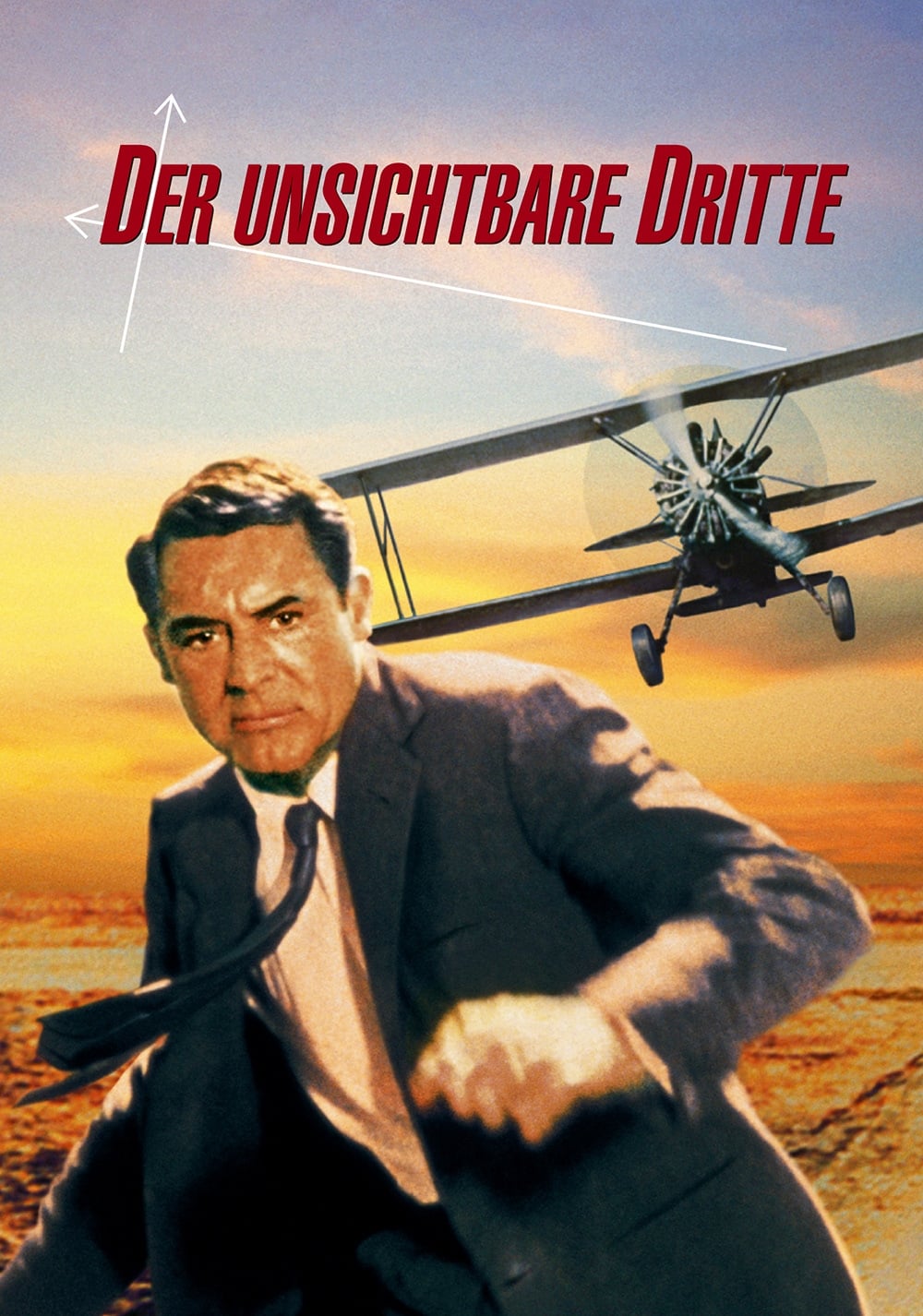
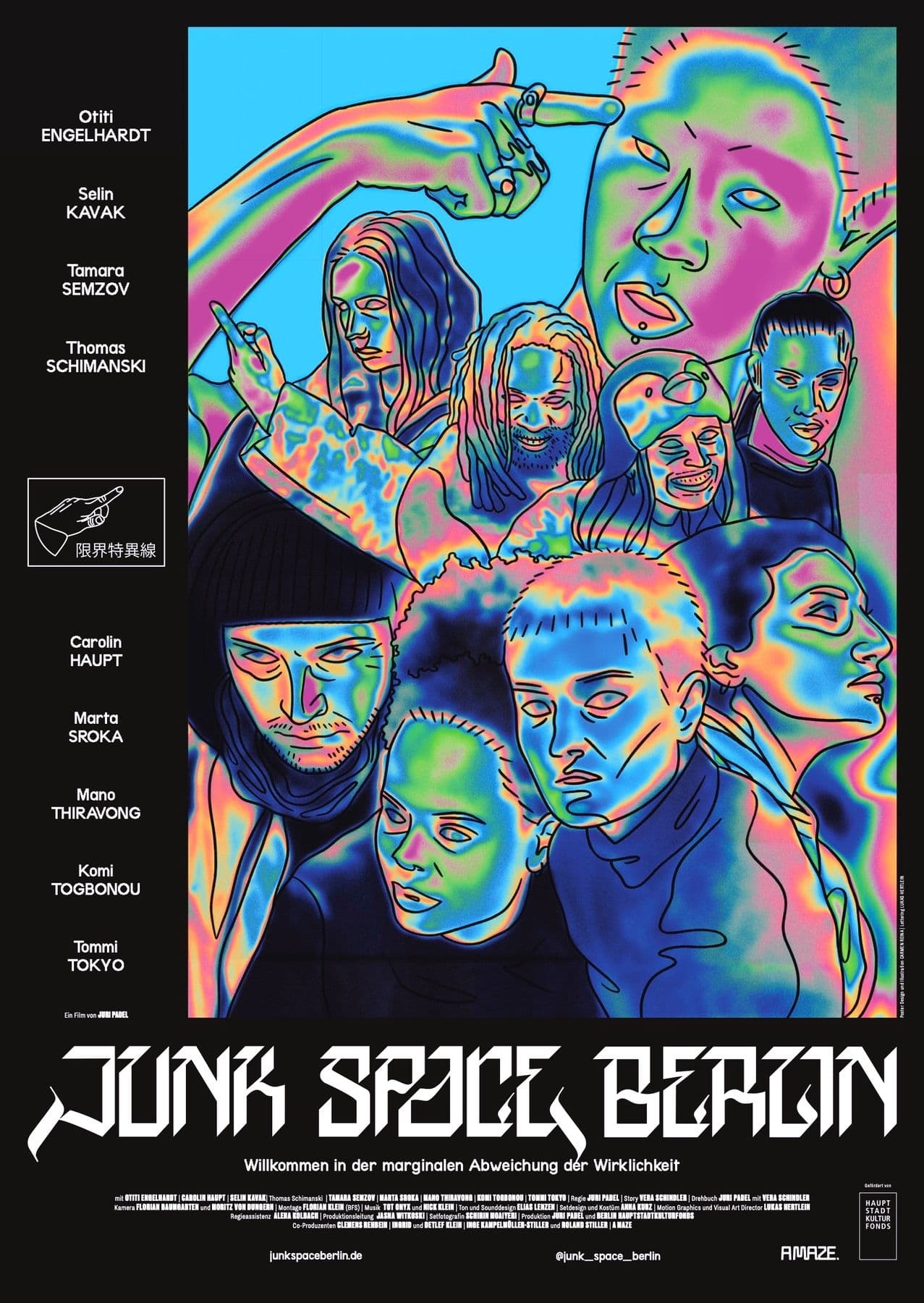

![Itzhak Perlman - The Complete Warner Recordings 1972-1980 (2015) [FLAC 24bit/96kHz] Itzhak Perlman - The Complete Warner Recordings 1972-1980 (2015) [FLAC 24bit/96kHz]](https://getimg.link/images/imgimgimg/uploads/2019/12/IpmBmeR.jpg)
![Michael Tilson Thomas, The San Francisco Symphony - The Mahler Project (2010) [FLAC 24bit/96kHz] Michael Tilson Thomas, The San Francisco Symphony - The Mahler Project (2010) [FLAC 24bit/96kHz]](https://getimg.link/images/imgimgimg/uploads/2017/01/HHDTsz0.jpg)
![Vanessa Benelli Mosell - Rachmaninov: Piano Concerto No. 2 - Corelli Variations (2017) [Qobuz FLAC 24bit/96kHz] Vanessa Benelli Mosell - Rachmaninov: Piano Concerto No. 2 - Corelli Variations (2017) [Qobuz FLAC 24bit/96kHz]](https://getimg.link/images/imgimgimg/uploads/2017/12/drcrArG.jpg)
![London Symphony Orchestra, Valery Gergiev - Rachmaninov: Symphonic Dances; Stravinsky: Symphony in Three Movements (2012) [nativeDSDmusic DSF DSD64/2.82MHz] London Symphony Orchestra, Valery Gergiev - Rachmaninov: Symphonic Dances; Stravinsky: Symphony in Three Movements (2012) [nativeDSDmusic DSF DSD64/2.82MHz]](https://getimg.link/images/imgimgimg/uploads/2019/05/uY4KEqQ.jpg)
![Andris Nelsons, Boston Symphony Orchestra - Shostakovich: Symphonies Nos. 5, 8 & 9; Suite From "Hamlet" (2016) [FLAC 24bit/96kHz] Andris Nelsons, Boston Symphony Orchestra - Shostakovich: Symphonies Nos. 5, 8 & 9; Suite From "Hamlet" (2016) [FLAC 24bit/96kHz]](https://getimg.link/images/imgimgimg/uploads/2017/08/GBVruYe.jpg)
![Pacifica Quartet - Dmitri Shostakovich and his Contemporaries: The Soviet Experience Vol. 1-4 (2011-2013) [24bit FLAC] Pacifica Quartet - Dmitri Shostakovich and his Contemporaries: The Soviet Experience Vol. 1-4 (2011-2013) [24bit FLAC]](https://getimg.link/images/imgimgimg/uploads/2017/07/ntIbtOp.jpg)
![Max Emanuel Cencic - Handel: Ottone, HWV 15 (2017) [Qobuz FLAC 24bit/96kHz] Max Emanuel Cencic - Handel: Ottone, HWV 15 (2017) [Qobuz FLAC 24bit/96kHz]](https://getimg.link/images/imgimgimg/uploads/2017/11/9uXCAkQ.jpg)
![London Symphony Orchestra, Valery Gergiev - Rachmaninov: Symphony No. 1; Balakirev: Tamara (2016) [nativeDSDmusic DSF DSD64/2.82MHz + FLAC 24bit/96kHz] London Symphony Orchestra, Valery Gergiev - Rachmaninov: Symphony No. 1; Balakirev: Tamara (2016) [nativeDSDmusic DSF DSD64/2.82MHz + FLAC 24bit/96kHz]](https://getimg.link/images/imgimgimg/uploads/2019/05/YildmwU.jpg)
![London Symphony Orchestra, Valery Gergiev - Rachmaninov: Symphony No. 3; Balakirev: Russia (2015) [nativeDSDmusic DSF DSD64/2.82MHz] London Symphony Orchestra, Valery Gergiev - Rachmaninov: Symphony No. 3; Balakirev: Russia (2015) [nativeDSDmusic DSF DSD64/2.82MHz]](https://getimg.link/images/imgimgimg/uploads/2019/05/BSou4Lj.jpg)
![New York Philharmonic Orchestra, Alan Gilbert - Carl Nielsen: Symphonies Nos. 1 & 4 (2014) [FLAC 24bit/88,2kHz] New York Philharmonic Orchestra, Alan Gilbert - Carl Nielsen: Symphonies Nos. 1 & 4 (2014) [FLAC 24bit/88,2kHz]](https://getimg.link/images/imgimgimg/uploads/2018/03/FFGqR09.jpg)
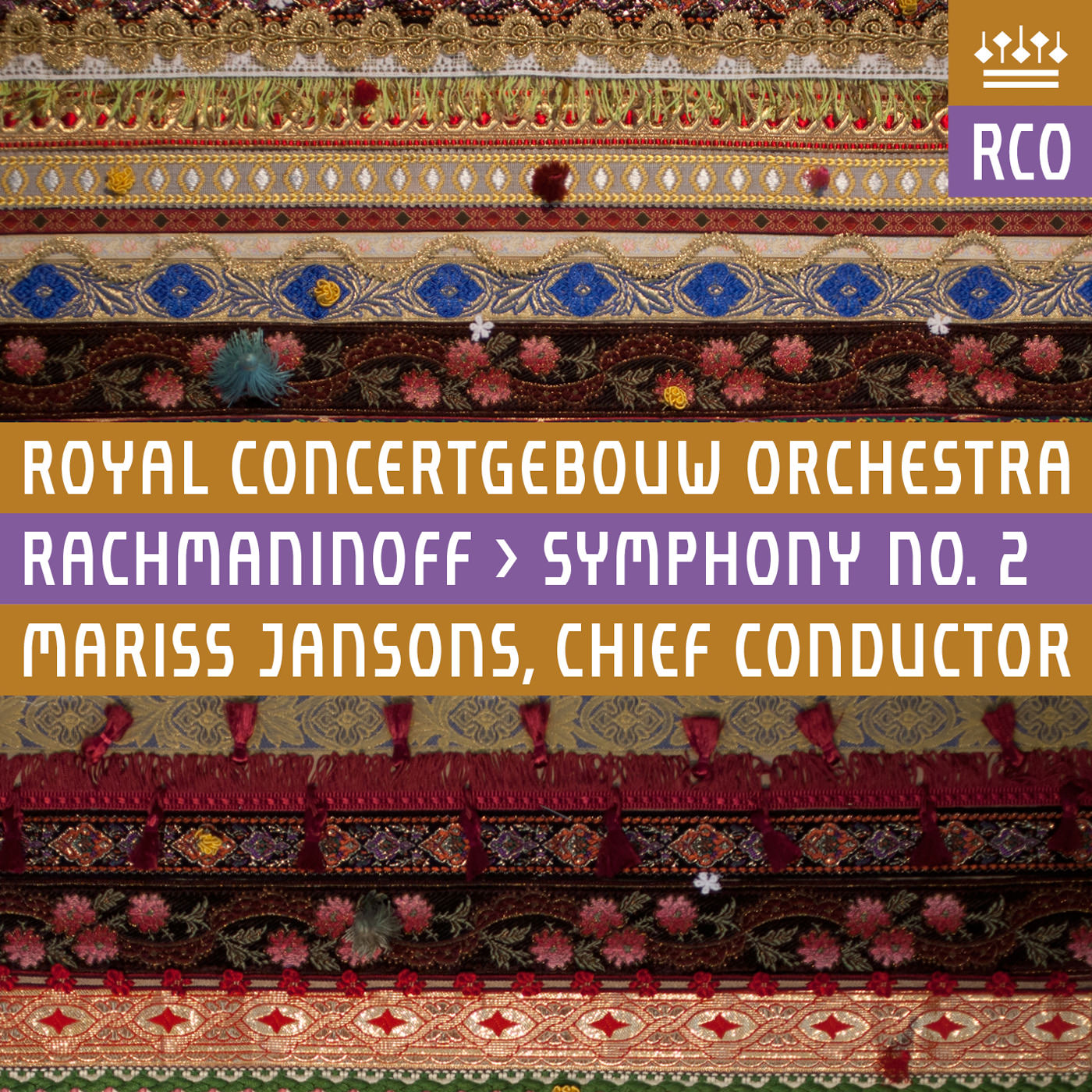
![New York Philharmonic Orchestra, Alan Gilbert - Carl Nielsen: Symphonies Nos. 5 & 6 (2015) [FLAC 24bit/88,2kHz] New York Philharmonic Orchestra, Alan Gilbert - Carl Nielsen: Symphonies Nos. 5 & 6 (2015) [FLAC 24bit/88,2kHz]](https://getimg.link/images/imgimgimg/uploads/2018/03/1KCpaEC.jpg)
![Los Angeles Philharmonic & Gustavo Dudamel - Celebrating John Williams (2019) [FLAC 24bit/96kHz] Los Angeles Philharmonic & Gustavo Dudamel - Celebrating John Williams (2019) [FLAC 24bit/96kHz]](https://getimg.link/images/imgimgimg/uploads/2019/08/frOcr95.jpg)
![Brussels Philharmonic & Stephane Deneve - Prokofiev: Romantic Suites (2017) [Qobuz FLAC 24bit/88,2kHz] Brussels Philharmonic & Stephane Deneve - Prokofiev: Romantic Suites (2017) [Qobuz FLAC 24bit/88,2kHz]](https://getimg.link/images/imgimgimg/uploads/2018/06/3EDgBuI.jpg)
![Piers Lane, Howard Shelley - Williamson: Complete Piano Concertos (2014) [FLAC 24bit/96kHz] Piers Lane, Howard Shelley - Williamson: Complete Piano Concertos (2014) [FLAC 24bit/96kHz]](https://getimg.link/images/imgimgimg/uploads/2017/01/PsKdW8Y.jpg)